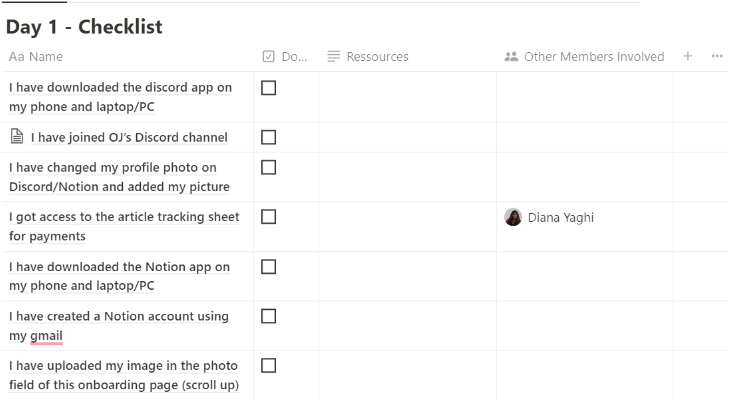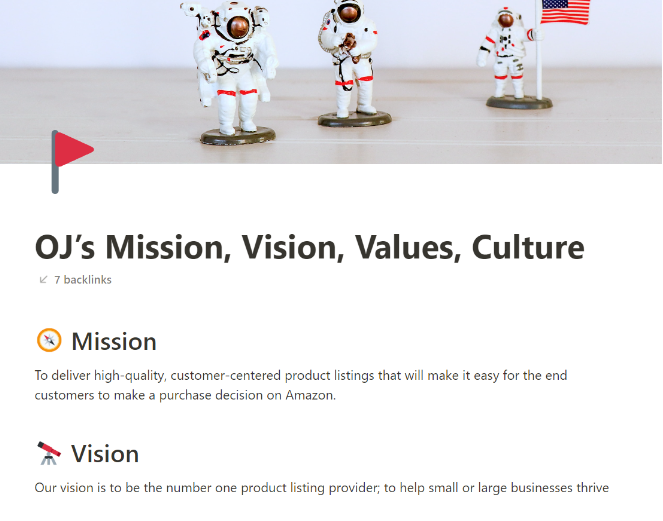One of the most significant changes that have happened to the workplace in recent years is the growth of the remote work model. The pandemic has shown us how remote work can lead to higher productivity, cost savings, and, ultimately, a better work-life balance for employees.
Even as offices reopen, many companies still opt to have both remote and hybrid work models. However, while remote and in-person onboarding essentially have the same steps, remote employees have different needs from in-office workers. The lack of face-to-face interactions calls for a different approach to onboarding new remote hires.
My name is Omar Deryan, CEO of OJ Digital Solutions, a 100% remote company with more than 50 members.
I have onboarded over 100 employees and freelancers over the past 5 years, and in this guide, I’ll show you why proper remote onboarding is essential and how to onboard new remote employees.
What Is Remote Onboarding?
Remote onboarding is the integration process of new employees into an organization.
No matter how experienced new employees are, they still need as much guidance as possible as they join a new workforce. This process typically takes a few weeks. And all throughout it, remote companies need to make information easily accessible. 
Information related to company policies and technical requirements should be clear right from the start so that employees can move smoothly through their training.
It’s also important to provide opportunities for socialization (aka ice breakers) to make new team members feel at home and adjust to the remote work lifestyle quickly. These are the challenges that remote work companies must meet head-on, and it’s well worth the care, attention, and investment.
After all, the onboarding experience directly impacts new hire retention and performance.
According to a Glassdoor study, companies with a great onboarding process improve new employee retention by 82% and productivity by more than 70%. These findings make it even more imperative for organizations to take a creative approach and make a great first impression with a strong onboarding process.
Best Practices for Onboarding Remote Employees
Successful onboarding involves strategies that address needs in three areas: organizational, technical, and social.
Here are the best practices to ensure a well-rounded and smooth transition for your new remote employees.
1. Start Your Onboarding Process Early
The onboarding process begins even before the employee’s first day. In the weeks leading to it, prioritize the basics. Prepare all the onboarding documents and tech equipment that they will need.
Aside from that, create a straightforward guide that outlines work logistics, policies, and expectations for the employee. A structured and standardized process keeps everyone in the loop and conserves time and energy.
People like predictability, more so for those venturing into an unfamiliar work environment.
It also makes onboarding and training scalable. No matter how many new hires you have, you can efficiently train them and make the transition into the company smoother.
It’s essential to add a human element as well. Start preparing the rest of the team for the new member’s arrival and ask for help in welcoming the employee. Team members could make introduction videos or send welcome messages to make the new hire more comfortable immediately.
Small personal touches like this go a long way to recreating in-office experiences as much as possible.
2. Share an Onboarding Agenda
Orientation day at a new job can be stressful for anyone. In an office setting, there are many faces around to offer smiles and hellos. In comparison, the first day in a remote work setup can feel cold and distant. Bridge the gap with a warm welcome and introductions to the team.
Each member of the relevant team is introduced + their relationship with that member. Afterward, an onboarding checklist is shared so they know exactly what they are supposed to do.
At our company, we created an onboarding board using Notion. Each new member that joins the company is added to the board with their own checklist of things that need to be done within the first 90 days of joining.

That way, the employee would know what to expect and feel less nervous.
3. Assign Easy Tasks to Build Confidence
Moving to a new workplace can be intimidating whether the new employee is a fresh graduate or an experienced worker.
Help build confidence by assigning easy tasks during their first few weeks.
This period is akin to testing the waters. With simple and straightforward tasks, they can learn about the workflow little by little without feeling overwhelmed.
4. Create a Knowledge Base
A knowledge base takes some of the pressure off supervisors and managers during the onboarding process. Not only that, but it also serves as a central resource that existing employees can refer back to from time to time. This strategy operates from the principle of self-service.
Instead of team leaders having to answer constantly repeated questions, the knowledge base can serve as an FAQ for new hires.

Thus, it should contain centralized information about the workflow, processes, policies, and common issues employees face. These details should be organized so that they are easily searchable by employees. Managers can then show new hires how to use the portal to find the information they need and to learn at their own pace, thus minimizing information overload.
5. Offer Virtual Training Via Online Videos
It can be overwhelming to be expected to absorb so many details about the company culture, co-workers, and job requirements. But when done right, virtual training minimizes information overload for new employees.
Present training material in organized, bite-sized online videos that they can watch and rewatch if they need to.
You can also use Google Slides for presentations or send them links to online tutorials. However, make sure to offer a balanced training program.
You can complement self-paced material with live one-on-one video calls between instructors and new employees to explain the basics and clarify any questions. This may take extra time and resources on your end, but the payoff is huge.
The videos will be available for every new employee, not just one. Thus, it’s a valuable resource you can use for both current and future hires.
6. Get the IT Team to Support New Team Members
For remote employees, having the right working equipment and access to the system is vital for productivity. Unlike in the office, where on-site tech support is available, IT issues can be more stressful in remote work.
Make sure that all the equipment and project management software they need to do their job successfully are ready upon their arrival. The company’s IT team must also be prepared to support them if they need assistance.
7. Assign a Welcome Buddy
A welcome buddy is a person you assign to help new hires navigate the culture and environment. They help ease the transition by mentoring, coaching, and simply being a familiar face that the new hire can comfortably approach anytime.
8. Provide Avenues for Informal Communication
In a regular office, employees can occasionally chitchat, whether at their desks or by the water cooler. But in remote work, there are none of these avenues for casual interactions.
Work around this by providing a place for the fun stuff. Create an informal channel where team members can chat throughout the day and build a sense of community. Most communication platforms like Slack, Discord and Microsoft Teams have this feature.
Alternatively, you can incorporate socializing tasks into the onboarding process, such as scheduled coffee chats or video calls with team members.
9. Schedule Regular Check-Ins With New Employees
As your new employee settles in, decide on a schedule when you can check in on them. This is better than popping in every few minutes, which can feel like hovering or micro-managing.
During your onboarding session, let them know when you will be doing updates. Touching base is important so they know you care and are there for assistance, but a balance is necessary to avoid unnecessary stress.
10. Host Virtual Lunches
As a 2019 report shows, about 35% of remote workers experience loneliness two to three days a week. This is especially true for those new to the remote work model.
The lack of human interaction can be isolating, so it’s wise to take steps to limit it. Hold virtual lunches where team members can have meals together. They can engage in informal conversation and get to know each other just as they would in a regular office environment.
This may seem unnecessary, but it works wonders in fostering human connections.
11. Cater to All Learning Types
People learn in different ways, and team leaders would do well to consider this.
Some absorb information more effectively through visual aids, while others do better with listening. Some other employees might acclimate more quickly when given reading and writing tasks.
Foster an inclusive environment by providing various modes that cater to different learning styles and abilities. When new employees feel seen and heard, they are more inclined to feel a sense of belonging.
Bottom Line
Onboarding success depends on a combination of these practices.
At its core is effective and efficient communication between the new hire, the management, and the rest of the team. This is even more crucial when it comes to remote work.
When you can put yourself in the shoes of a new employee, you’re better able to design a transition that empowers them from day one. There’s no doubt that it takes a great deal more effort than in-office onboarding. However, it is an investment with considerable returns.
After all, companies that make the extra effort to guide new hires are more likely to be rewarded with well-adjusted employees who stay for a long time.



















